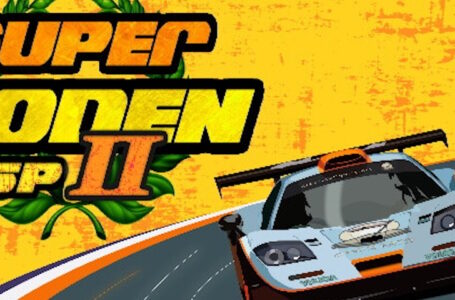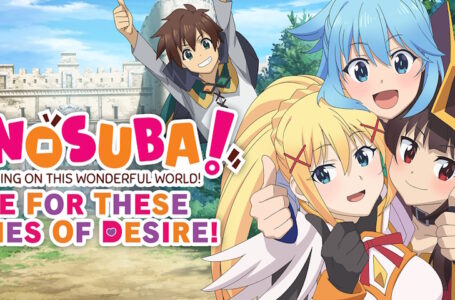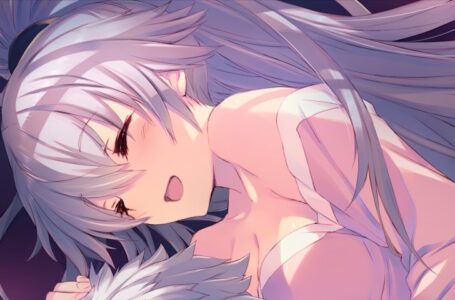Onryo’s ghostly photography and legends to scare naughty children
With the way that Japanese indie developer Chilla’s Art habitually pays homage to PS1 and PS2-era horror games, I was unsurprised to see that they had, with Onryo, taken aim at the relatively niche but nonetheless well-regarded subgenre of survival horror that involves taking pictures of ghosts.
Don’t mistake Onryo for a Project Zero ripoff, however; despite superficial similarities, they’re actually rather different games — though the overall atmosphere and vibe is similar. That, and they’re both classic Japanese-style ghost stories.
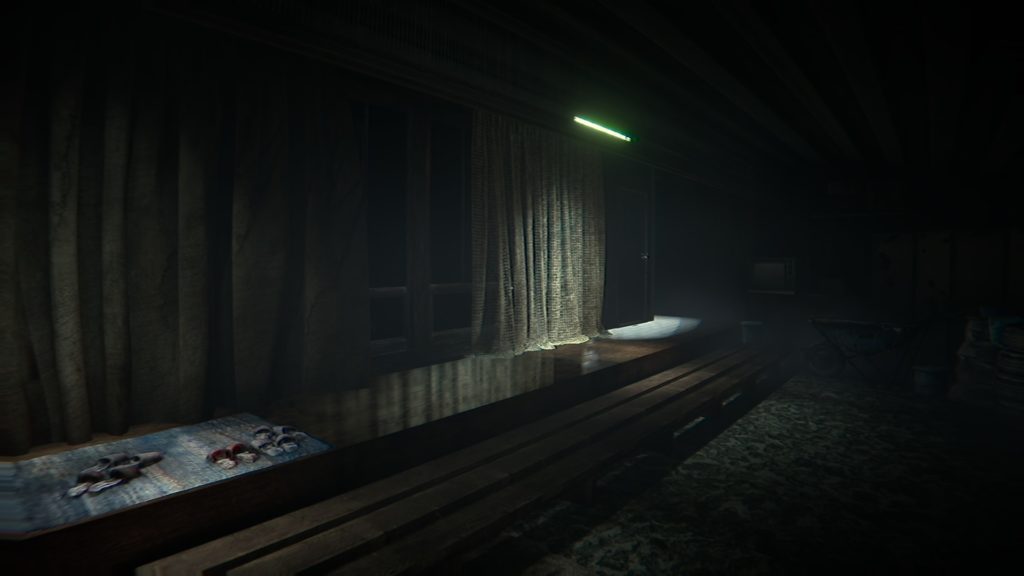
In Onryo, you take on the role of an unnamed female protagonist who is tasked with visiting a house in a neighbourhood that has been suffering a spate of child abuse and kidnapping incidents. This being a horror game, said instances are not a symptom of poor social care in the region, but instead clearly the warning signs of a curse.
The house in question was the subject of an unspecified news story seven years ago, according to the protagonist, and she appears hesitant to visit. But, since she is apparently some sort of professional exorcist, she considers it her duty to go and find out what’s going on — and to do something about it. Armed with nothing more than her ghost-blastin’ camera and an inquisitive mind, she steps inside the house and prepares to get spooky.
What then unfolds is what you’d typically expect from a Chilla’s Art game — first-person adventuring, light puzzle solving through collecting objects, multiple endings based on relatively arbitrary conditions — but with a significantly increased “survival” aspect to the equation provided through the ghosts you’ll encounter over the course of the game.
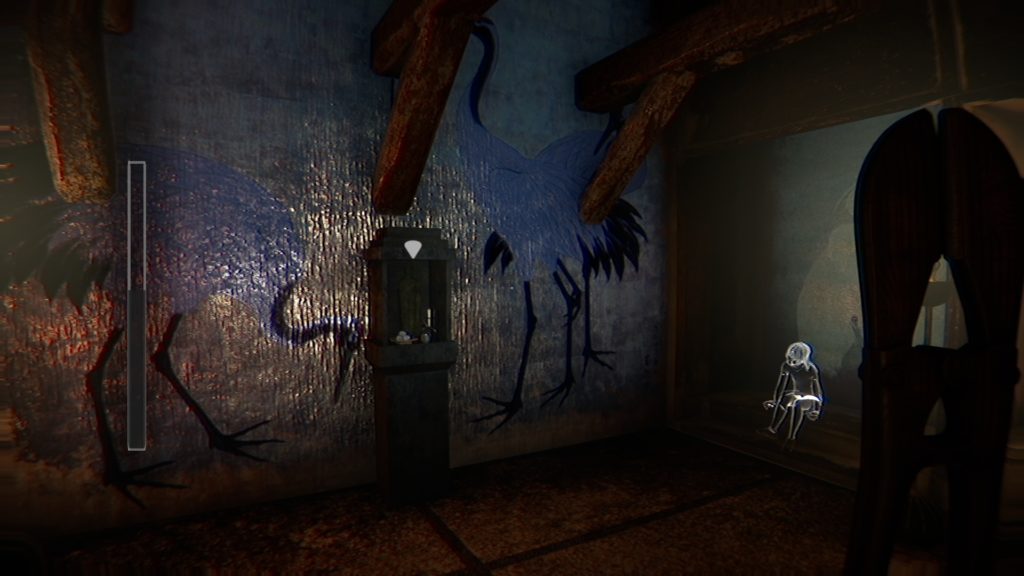
These ghosts come in several forms. There are twin girls who lock you in a room and force you to fight them either individually or together; there’s a man wielding a rake who chases you through the corridors of the house; and there’s a rustling straw-covered figure that you will release over the course of your investigations, who will subsequently patrol the corridors much like the rake-wielding man.
As you uncover the narrative of the game through a series of notes left behind by the matriarch of the house, you’ll be able to figure out who these ghosts are. For the most part, anyway; those less familiar with Japanese mythology may not recognise the straw-covered gentleman.
Rather than being a spirit of a departed soul like the other ghosts, the straw-covered figure is a namahage, an ogre-like spirit whose story parents invoke to scare lazy or badly behaved children into doing what they’re told — “if you don’t behave, the namahage will get you,” that sort of thing.
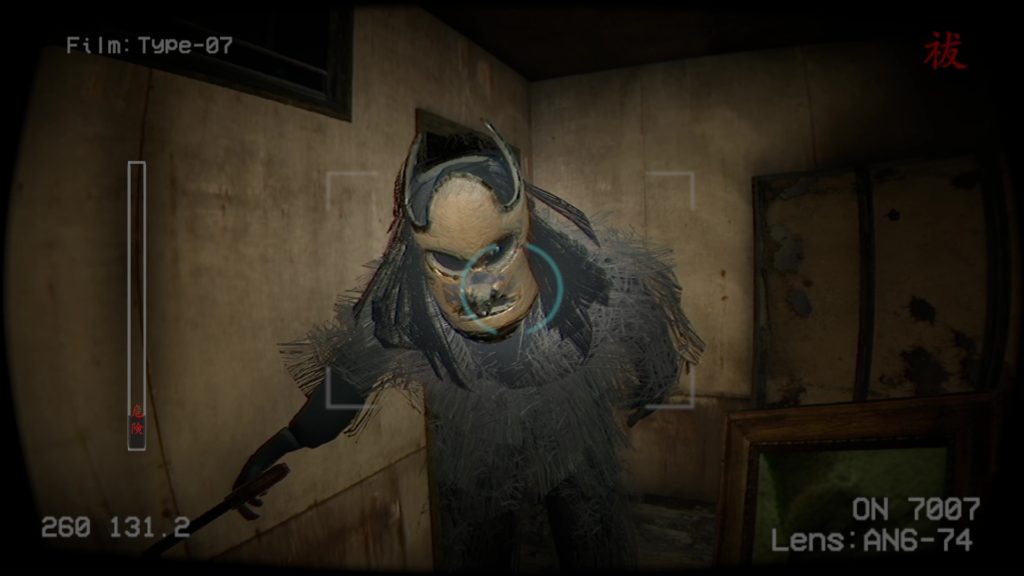
The legend of the namahage supposedly originates over 2,000 years ago, when the Han emperor of China brought them to Japan for… some reason. Being both demons and ogres, the namahage, according to the legend, had a bit of a habit of stealing crops and kidnapping young women from the villages of the Oga region in Akita prefecture.
Obviously unwilling to stand for this sort of thing, the villagers bargained with the namahage; they said that they would willingly offer up all their young women if the beasts could build a huge stone staircase overnight, but if they failed to do so the namahage would have to leave Oga for good. By tricking the namahage through imitating a rooster’s call, the Oga villagers managed to convince the demons that they had failed in their task, and so they departed, never to be seen again.
However, the Oga region still celebrates the namahage around New Year’s time, when as part of festival proceedings, local men from the region dress up as the beasts in order to frighten misbehaving children. Wandering around the village in groups, the namahage imitators go door to door and ask if there are naughty or lazy children present, and they jot down notes in a “naughty or nice” book based on what their parents say.
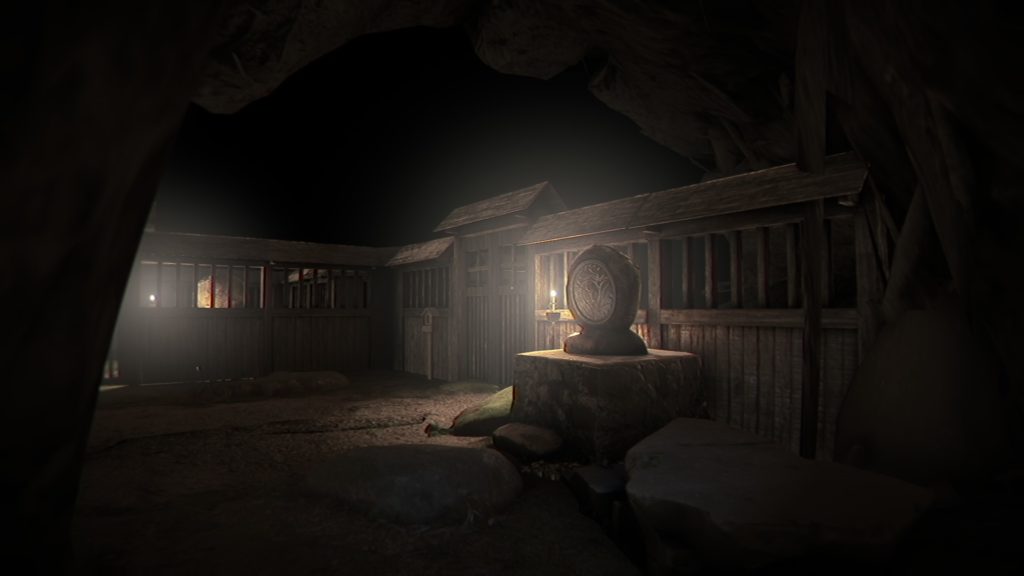
It’s kind of like Father Christmas, only infinitely more terrifying, though playing the part of a namahage has its benefits; parents typically appease the “demons” by giving them sake and mochi and sending them on their way.
Given the supposed nature of the “real” namahage, its presence in Onryo makes perfect sense — and it’s depicted exactly as described in the legends, too. Being a demon rather than a ghost, it’s also completely immune to our heroine’s camera — so if you hear it rustling away nearby, it’s probably best to run, run, run away.
It’s also generally best to run from the rake-wielding figure, too, since it is very fast and difficult to deal with. The only ghosts you have to fight in the game are the twin sisters and the final boss of the game. And it’s a good job, because combat in Onryo is very clunky — deliberately so, to a certain extent, but there’s also more than a touch of jank in there that makes things a bit more difficult than it really needs to be.
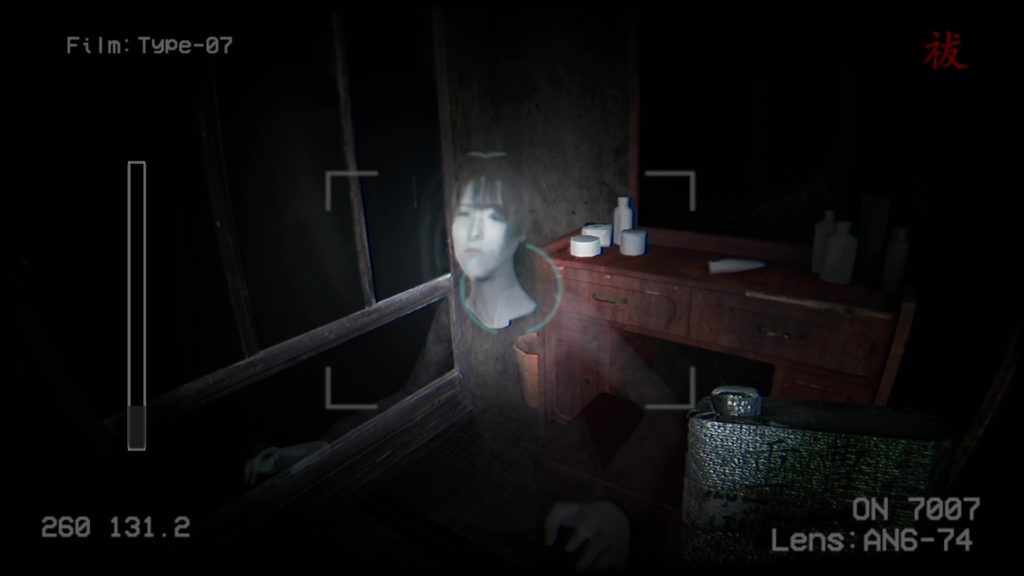
To fight in Onryo, you need to bring up your camera by holding the right mouse button. While the camera is up, you can only walk very slowly — so far, so Project Zero.
What makes things a little more awkward is that before the camera can fire — and between every shot — there’s the sound of our heroine manually winding the film on, and while that’s happening you can’t take a picture. This means there’s a good couple of seconds delay between raising the camera and being able to use it — which might be fine, were it not for the fact that the only time the ghosts are vulnerable is while they’re lunging at you.
Thus, you generally need to have the camera up and ready for them before they attack so you can catch them in mid-lunge. Not easy — especially with the final boss.
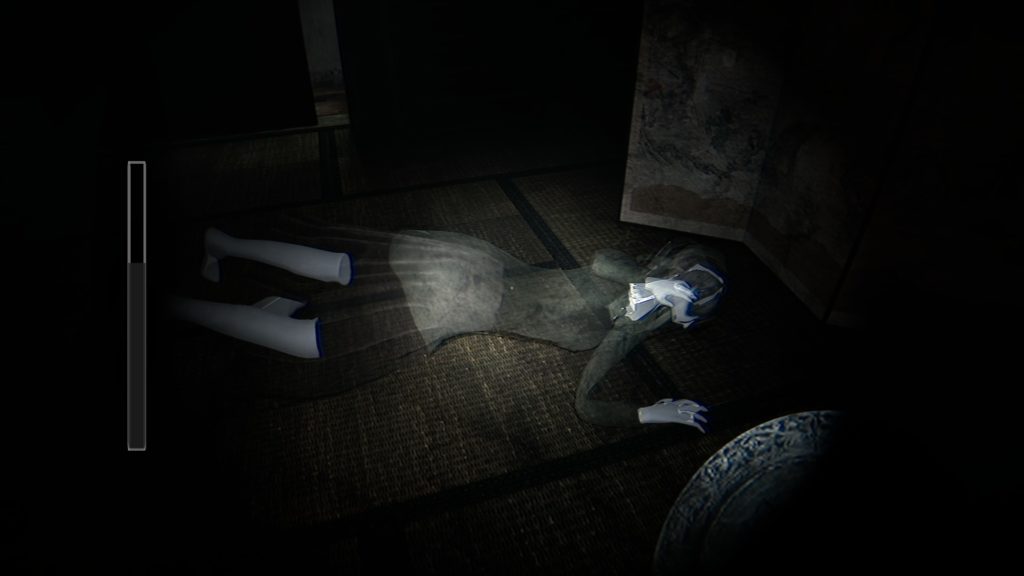
To make matters worse, Chilla’s Art made a truly inexplicable mechanical decision: every picture you take with the camera drains a little bit of your life. This isn’t a huge problem when encountering the twins once you have the timing down, but in the final confrontation it’s a massive issue; the big bad can hack off a good half your life in one go, so if you’re draining your health with every shot too, you’re left in a very vulnerable position.
And to make matters even worse, the hitboxes on the ghost attacks sometimes don’t quite seem to work properly — again, particularly in the final encounter. This means that on occasion you can seemingly do everything you think you’re supposed to, only to find yourself taking a heavy hit rather than doing any damage to your foe.
Oh, and there are no health items, either; the only way to recover your health is to stand in one of the save rooms until you regenerate. And, of course, when you’re in one of the mandatory ghost battles, you’re locked in and can’t run away — though mercifully, you can run away from both the rake-wielding ghost and the namahage.
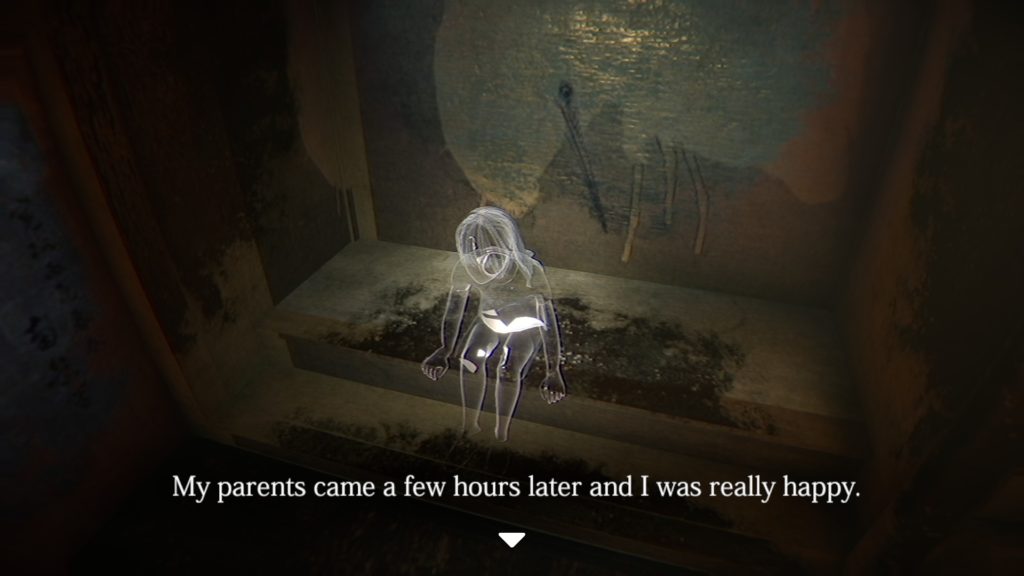
You can probably live with the clunky combat for most of the game, but the final boss is just a colossal pain that I wouldn’t blame anyone for giving up on. Not only do the mechanics sometimes deprive you of a solid hit, but your opponent also takes an absolute ton of damage to defeat. And with no on-screen health bar for your foes, you’ll doubtless find yourself wondering if you’re missing something.
The dodgy combat is a real shame, because the rest of Onryo is really good. The story that is gradually revealed is compelling and genuinely horrifying, and there are some excellent puzzles over the course of the game’s duration. The environments are atmospheric and the setting is designed to be intuitive to navigate without needing an in-game map; there’s even the pleasure of unlocking some Metroid-style shortcuts to various parts of the house as you progress.
Onryo could have absolutely been one of Chilla’s Art’s best games; it’s just a pity that the mechanical side of things lets it down so much, because everything else about this game is an absolute pleasure to engage with. If you think you can deal with its clunky mechanics, by all means give it a go; the sense of discovery as you uncover the mystery is absolutely worth it.
Just don’t expect a new Project Zero!
Onryo is available for PC via Steam.
Join The Discussion
Rice Digital Discord
Rice Digital Twitter
Rice Digital Facebook
Or write us a letter for the Rice Digital Friday Letters Page by clicking here!
Disclosure: Some links in this article may be affiliate links, which means we may earn a small commission if you make a purchase after clicking on them. This is at no additional cost to you and helps support Rice Digital!
- Letter from the Editor: passing the torch - June 30, 2023
- Super Woden GP 2 is looking promising - June 30, 2023
- Inti Creates is making a 32 bit-style Love Live action platformer - June 26, 2023





